
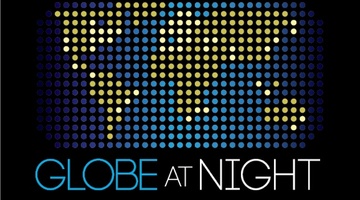
Globe at Night is an international citizen science campaign to raise public awareness of the impact of light pollution by inviting citizen scientists to measure and submit their night sky ...
READ MORE
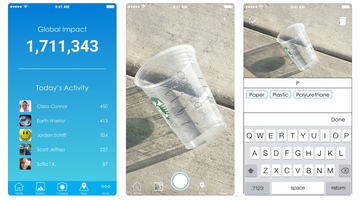
Litter is everywhere – but how much is there, and why does it matter? Litterati is an online citizen science (OCS) project that allows participants to photograph, upload and tag litter in their ...
READ MORE
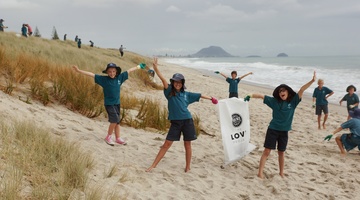
Litter Intelligence is a long-term programme run by Sustainable Coastlines in collaboration with the Ministry for the Environment, Department of Conservation and Statistics New Zealand. It aims ...
READ MORE

Project Hotspot was a Taranaki-based citizen science project and one of the Participatory Science Platform (PSP) projects supported by the New Zealand Government. The Ngā Motu Marine Reserve ...
READ MORE

Students and scientists teamed up to monitor Otago Harbour as part of their citizen science initiative Sediment and Seashores: What are the Consequences? The project is part of the Participatory ...
READ MORE

Adventure is engaging in an unusual or daring experience. Discovery is the act of finding or learning something for the first time. Adventure and discovery are both pretty exciting prospects – so ...
READ MORE
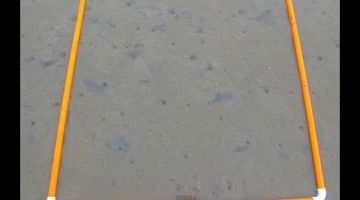
Quadrats are used for sampling purposes. They are squares of a set size placed in a particular habitat such as a rocky shore or forest floor. Plant and/or animal species within the quadrat are ...
READ MORE
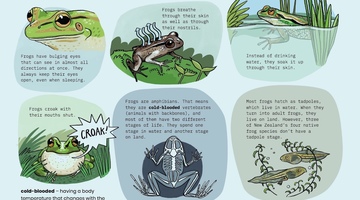
Frogs for the future? is a ready-to-use cross curricular teaching resource. It uses the Ministry of Education’s 2019 Connected article Kimihia Kermit by Philippa Werry. Rights: Crown 2019 Frog ...
READ MORE

Can we make New Zealand pest-free? Lesson 5: Evaluate: So what? Urban ecosanctuary ZEALANDIA, with support from WWF New Zealand, has produced a comprehensive teaching resource supporting schools ...
READ MORE
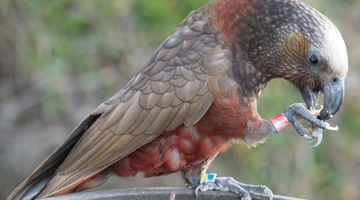
In this recorded professional learning session, Greta Dromgool and Ben Moorhouse from the Department of Conservation unpack conservation education and: introduce some exciting DOC resources aimed ...
READ MORE
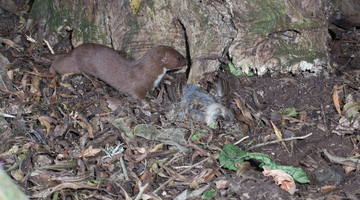
In this recorded professional learning session, Greta Dromgool from the Science Learning Hub and Adrienne De Melo and Ben Moorhouse from the Department of Conservation share the many learning ...
READ MORE
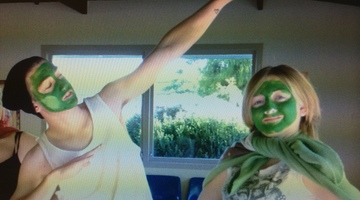
In this recorded professional learning session, Greta Dromgool from the Science Learning Hub and Ben Moorhouse from the Department of Conservation share their excitement about environmental ...
READ MORE
Andrew Swales and Raiha Tuahine from NIWA use quadrats to view and record samples of marine life in an estuary. Field guides Look online or in your local library for field guides that will work ...
READ MORE
Ka kōrero a Maia rāua ko Tūmai, nō Te Kura Kaupapa Māori o Ōtepoti mō te take i pai ai kā pepe tuna ki a rāua. English translation Maia and Tūmai from Te Kura Kaupapa Māori o Ōtepoti tell us why ...
READ MORE
The Ahi Pepe MothNet team have given Māori names to some of the moths they’ve observed. Watch as Te Kura Kaupapa Māori o Ōtepoti students name a moth and as Dr Robert Hoare explains why names ...
READ MORE

Learn how farms can keep waterways healthy for those downstream and for our precious native freshwater fish, all while benefiting farm health and the farming operation’s bottom line.
READ MORE
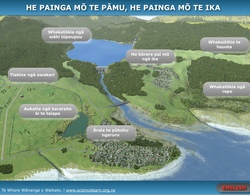
Tirohia ngā rautaki e ora tonu ai ngā arawai mō ērā kei te taha whakararo o te wai me ngā ika taketake, waihoki ka whaihua hoki ngā pāmu, e kore ai hoki e heke iho ngā putanga. Hei tirotiro i te ...
READ MORE

This slideshow, from the PLD webinar Eco-explorers in science, provides additional support for the video tutorial. Use the Slideshow menu for further options, including view full screen, and go ...
READ MORE